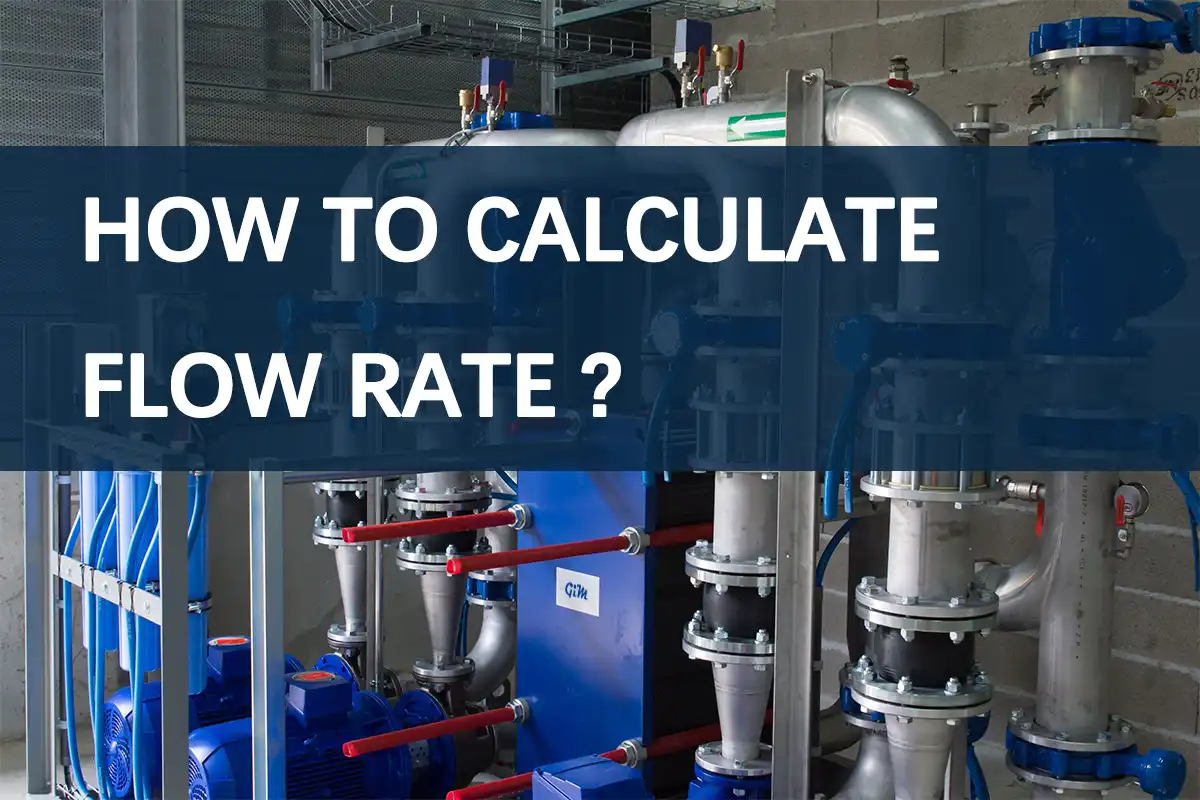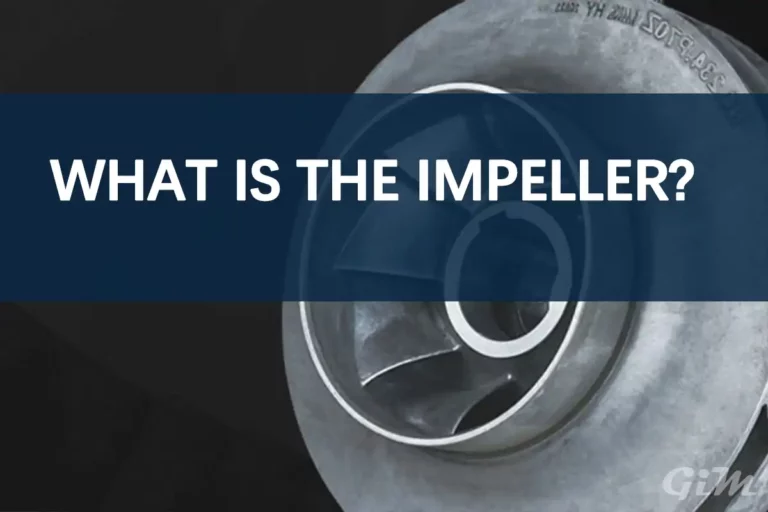Flow rate is a key metric in fluid dynamics, representing the volume of fluid that moves through a system over a specific period of time. Accurately calculating flow rate is crucial for various industries, including water treatment, chemical processing, and HVAC systems. Below, we’ll explore the different methods for calculating flow rate and the factors that can influence it.
Basic Flow Rate Formula
The most common method for calculating flow rate is using the formula:

Where:
- Flow Rate is typically measured in liters per second (L/s) or gallons per minute (GPM).
- Volume is the amount of fluid (in liters, gallons, etc.).
- Time is the period during which the fluid is moving.
For example, if 500 liters of water pass through a system in 10 minutes, the flow rate would be:

Calculating Flow Rate Using Cross-Sectional Area and Velocity
When you know the velocity of the fluid and the cross-sectional area of the pipe or channel, you can use this formula:

Where:
- Velocity is the speed of the fluid (measured in meters per second or feet per second).
- Cross-Sectional Area is the internal area of the pipe (measured in square meters or square feet).
The cross-sectional area of a circular pipe is calculated using:

Where d is the diameter of the pipe.
Example Calculation
Let’s say you have a pipe with a diameter of 0.5 meters, and the fluid is moving at a velocity of 2 meters per second. First, calculate the cross-sectional area:

Then, use the formula to calculate the flow rate:

This means the flow rate is 0.392 cubic meters per second.
Flow Rate in Closed Systems
In closed systems such as pumps or pipelines, the flow rate can be calculated by measuring the pressure difference and knowing the pipe characteristics. For example, Bernoulli’s equation and other fluid dynamics principles are often used to calculate flow rate in more complex systems.
Conclusion
Calculating flow rate is essential for optimizing fluid systems in various industries. Whether you’re measuring the volume of fluid over time, using velocity and cross-sectional area, or applying advanced fluid dynamics principles, having accurate flow rate data ensures efficient and reliable operations.








